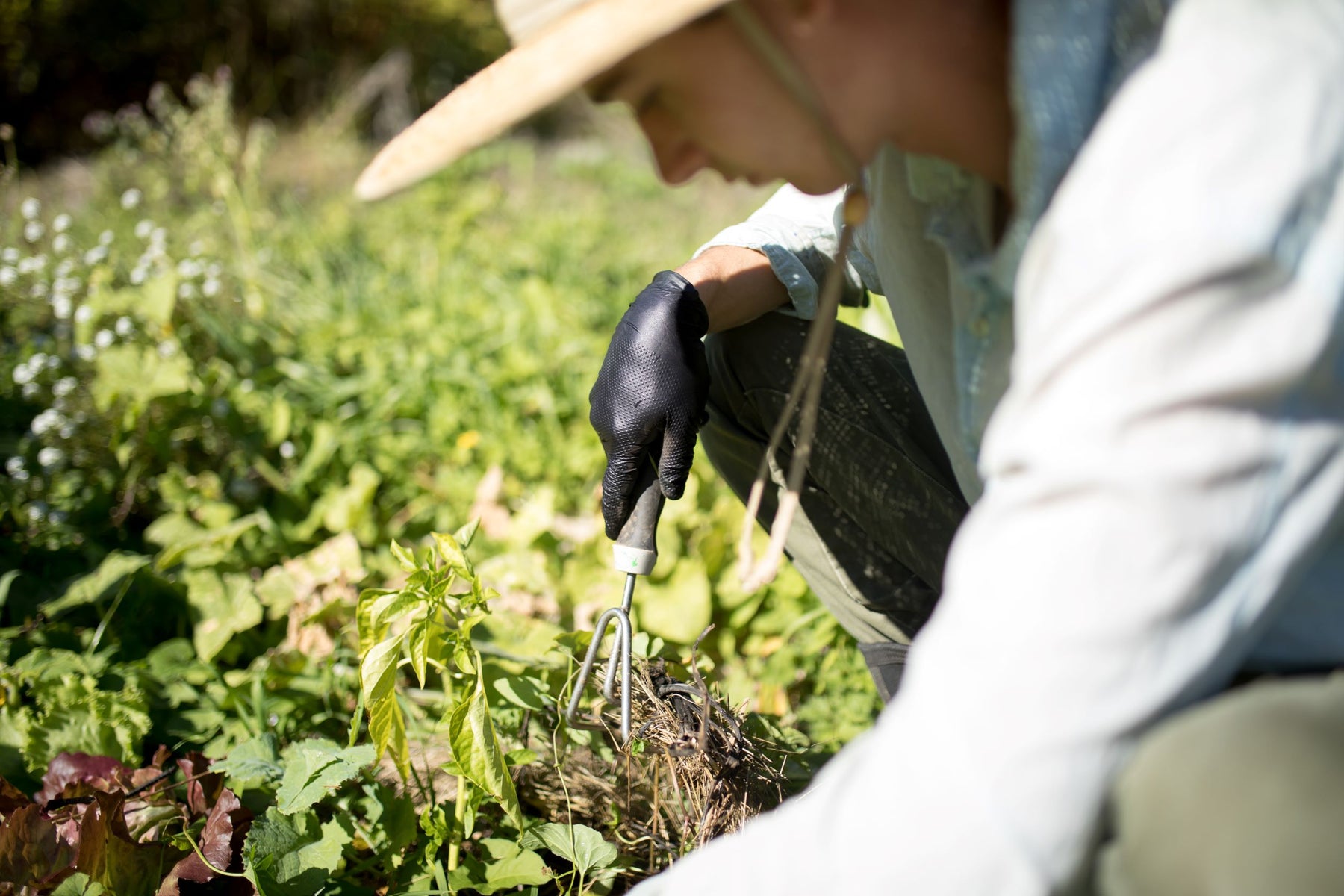Free Shipping on Orders $75+
Free Shipping on Orders $75+

Sustainability has evolved from buzzword to mantra to guiding principle for many. Operating from the notion that resources are finite and should be used with a view toward long-term priorities, it’s pure in intent yet can be polarizing.
It is a topic that often comes up in conjunction with disposable gloves. Long the subject of pressure from activists and start-ups intent on somehow reinventing the product, single-use gloves have by their very definition proven elusive as the target of environmental crusaders.
Are there sustainability options? The answer is specific to the gloves’ material.
Natural rubber latex is an organic material made from the sap of the Pará rubber tree. Latex gloves decompose the fastest of the primary glove materials, taking on average five years to break down.
That is relatively speedy in comparison, and some people even put them in the compost heap—but one factor to consider is that the gloves often can be contaminated with toxic chemicals. Do you want that brake fluid ending up in next year’s vegetable garden?
Nitrile gloves are made from a synthetic petroleum-based compound called nitrile butadiene rubber. It is the preferred material in disposable gloves today, and the protection and versatility it offers are among its top selling points.
Sadly, the decomposition rate is not something to brag about. It can take nitrile gloves 100 to 200 years to fully degrade. Who’s got time for that?
(In comparison, plastic grocery bags—now being banned by municipalities across the country—can take 10 to 20 years to decompose, while everyday plastic items take up to 1,000 years in a landfill. Imagine what archaeologists will turn up in a millennium or so.)
Vinyl gloves are made from polyvinyl chloride, or PVC. It’s not biodegradable (there’s a reason it’s used to make plumbing pipes).
Polyethylene as a material is technically recyclable. Once recycled, poly gloves are usually turned into lower-quality products such as plastic lumber or bags. In terms of biodegradability, poly gloves are closer to a dog poop bag in terms of how quickly they degrade.
Efforts have been undertaken to create compostable gloves primarily for food service use, but the cost of the technology, limited processing facilities, and general lack of interest among end users have held such efforts back.
Manufacturers continue to experiment with biodegradable materials like plant-based bioplastics and compostable polymers to develop gloves that naturally break down over time. The science is still new and more research is needed before it can be put into use with gloves, but it is conceivable to see it as part of our future.
Of course, one way gloves can be made more sustainable is to buy the right glove for the job. Ultimately, disposable gloves are, of course, meant to be disposed of. If you use fewer gloves, you dispose of fewer gloves. Use too many and you are not contributing to sustainable practices.
As is the case with most products, sustainable gloves will ultimately need consumer-driven action to effect change in the market. By insisting upon eco-friendly gloves, as well as other products that leave less of a footprint behind, individuals and businesses will help build a more sustainable future.